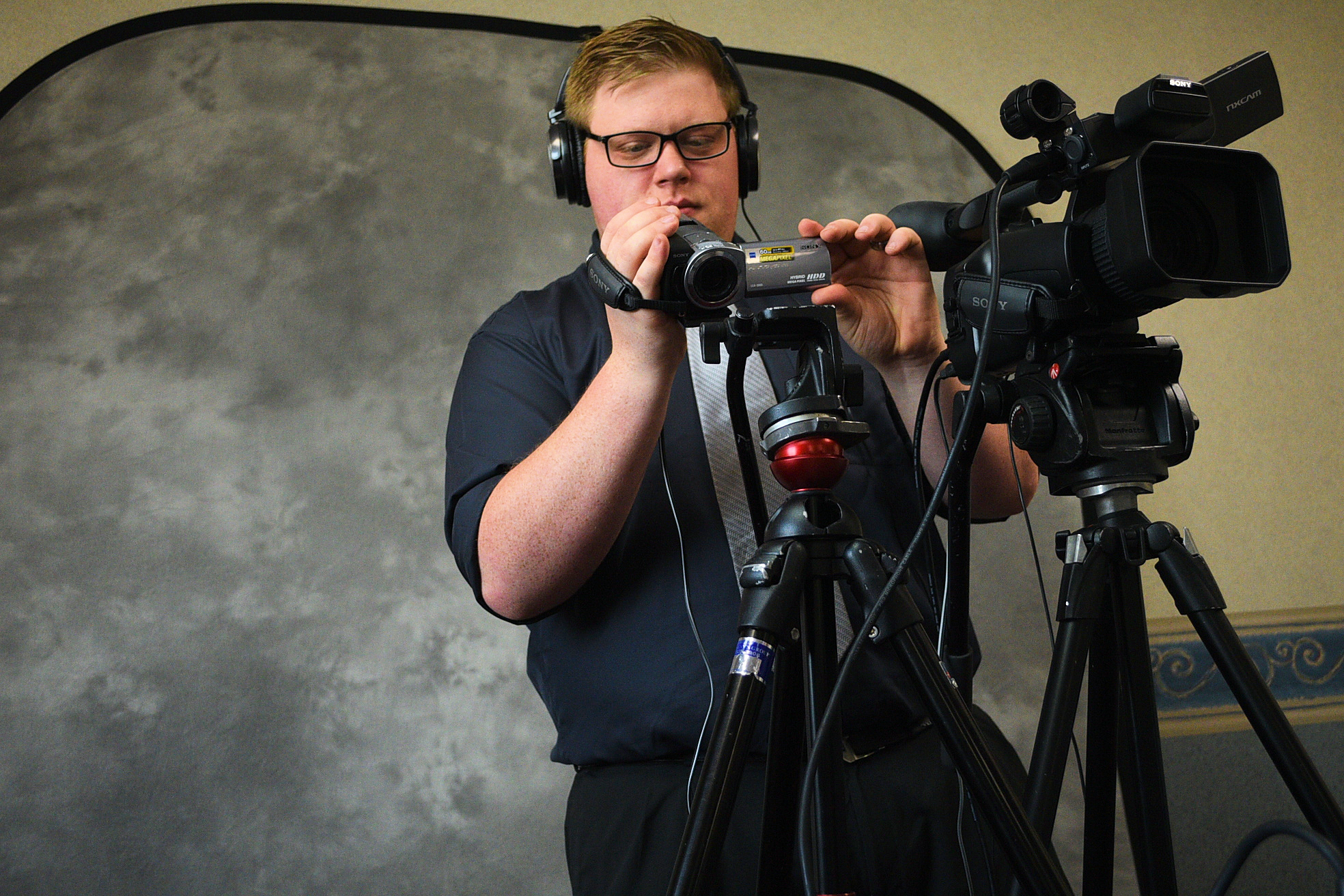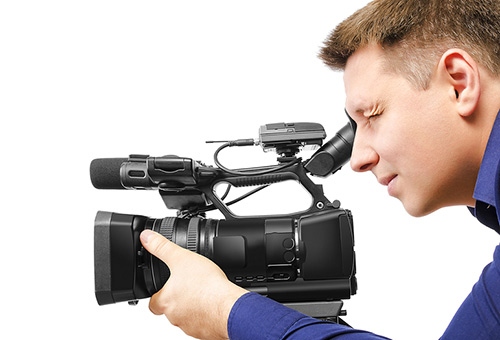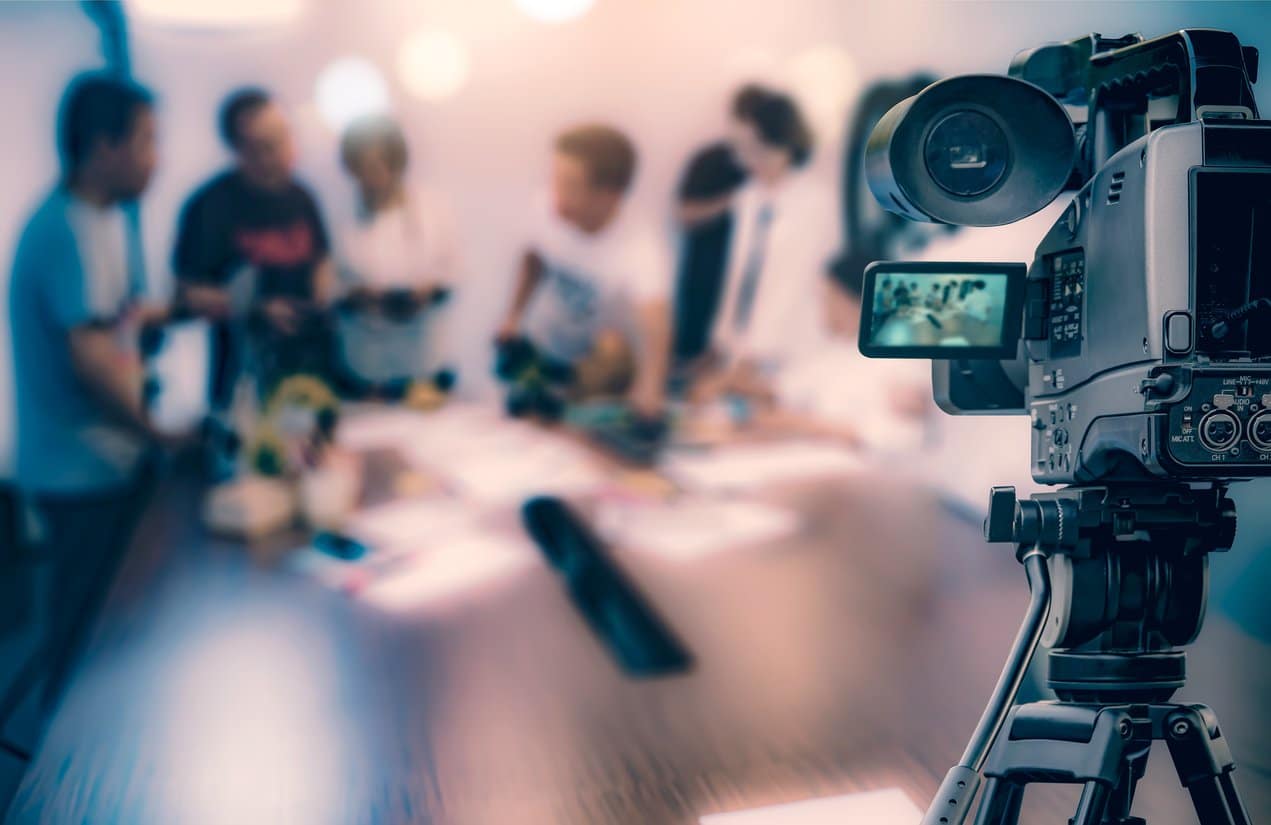Legal Videography: Making Sure Accuracy and Quality in Legal Testimonies
Legal Videography: Making Sure Accuracy and Quality in Legal Testimonies
Blog Article
Vital Aspects of Lawful Videography for Effective Paperwork
Legal videography plays a critical role in the documentation of critical occasions within the justice system, where precision and clearness are vital. As we explore these vital elements, it comes to be obvious that the subtleties of this practice can have significant implications for lawful end results.
Relevance of Lawful Videography
Legal videography plays a critical role in the judicial procedure by offering a reliable visual record of testaments, depositions, and various other significant occasions. This visual paperwork offers several essential features, most especially boosting the trustworthiness of proof presented in court. Unlike written transcripts, video clip recordings record non-verbal signs, such as body language and emotional reactions, which can significantly affect a court's understanding of a witness's reliability and truthfulness.
Additionally, legal videography help in protecting the integrity of complicated cases, ensuring that subtleties are precisely stood for. This ends up being specifically essential in situations entailing professional testament, where aesthetic help can elucidate intricate concepts that may be testing to share with message alone.
Furthermore, making use of videography can simplify trial proceedings. By enabling jurors to check out recordings rather than depending only on copyright, the process can become a lot more efficient and much less vulnerable to misinterpretation.
Technical Requirements
To efficiently capture top notch video clip in a legal setup, details technological requirements have to be met. First and leading, the choice of electronic camera is important; it must have high-def abilities, preferably 1080p or greater, to make certain clearness in aesthetic paperwork. In addition, the electronic camera ought to have a reputable zoom function to capture details from different ranges without endangering picture quality.
Illumination is one more critical element. All-natural light is preferred, but additional illumination may be necessary to remove shadows and guarantee all participants are effectively illuminated (Legal Videography). Soft, diffused lighting can assist develop an expert appearance while staying clear of harsh contrasts

Lastly, steady recording devices is important. A tripod or other stablizing gear ought to be employed to prevent unstable video, which could detract from the professionalism of the documentation. Meeting these technological needs will greatly boost the quality and performance of legal videography.
Conformity and Legal Specifications
In the world of legal videography, adherence to compliance and lawful standards is critical to make sure the integrity and admissibility of taped materials in court proceedings. Legal videographers must be well-versed in the appropriate laws and laws regulating the paperwork of proof. This consists of understanding the policies of evidence, which dictate how video clip recordings can be utilized in court, along with privacy laws that safeguard the civil liberties of people recorded on video.
In addition, videographers need to obtain correct permission from all parties included in the recording procedure. This not just promotes transparency but also safeguards against possible legal effects. Conformity with state-specific regulations is just as vital, as the lawful landscape varies significantly throughout jurisdictions.
Furthermore, maintaining high standards of technological high quality is necessary, as inadequate audio or visual quality can result in obstacles pertaining to the trustworthiness of the video. Videographers ought to additionally maintain meticulous records of the chain of custodianship for all video materials, making sure that they can demonstrate the credibility and stability of the recordings if examined in court. Essentially, conformity with legal requirements forms the structure of trusted and efficient legal videography.
Best Practices for Videographers
Sticking to conformity and legal criteria establishes a solid foundation for efficient lawful videography, yet best techniques even more enhance the top quality and reliability of taped materials. Videographers should use high-grade equipment, consisting of cams with enough resolution and sound catching gadgets that lessen history noise. This guarantees clarity in both visual and acoustic components, which is vital for lawful paperwork.
Second of all, appropriate lighting is important to prevent darkness or overexposure, thereby preserving the honesty of the video. Videographers must look the area in advance to establish optimal lighting problems, readjusting as essential.
In addition, mindful framework and composition are important. Subjects should be centered within the framework, and any type of relevant products or exhibitions need to be clearly noticeable. This not only aids in quality yet also helps in communicating context throughout legal process.
Moreover, preserving a neutral behavior and preventing personal prejudices while tape-recording improves the professionalism of the videographer. Finally, focus to detail in editing, consisting of smooth changes and clear labeling of documents, ensures that the end product is not just polished yet also simple to navigate for lawful groups. Sticking to these best practices ultimately supports the objectives of legal documents.
Enhancing Evidentiary Worth
Enhancing the evidentiary worth of lawful videography needs a critical method that prioritizes both authenticity and quality. Legal videographers have to make certain that the video clip paperwork accurately shows the occasions, statements, or conditions being tape-recorded. This begins with the choice of high-grade equipment that captures clear This Site sound and aesthetic components, minimizing distortion or interference that may weaken credibility.
Moreover, thorough focus to information is critical. Videographers need to develop a stable cam position, use proper lighting, and prevent any type of unnecessary edits that learn the facts here now might be viewed as changing the original content. Maintaining a neutral perspective throughout recording helps protect the credibility of the evidence.
In addition, correct documents of the recording process-- consisting of date, time, location, and any relevant contextual info-- can substantially strengthen the evidentiary weight of the video clip. This metadata acts as an essential reference point for authenticity.

Conclusion

Legal videography plays a critical role in the documents of crucial events within the justice system, where accuracy and quality are vital.In the world of legal videography, adherence to compliance and lawful standards is extremely important to make sure the integrity and admissibility of documented materials in court procedures. Legal Videography. In essence, compliance with lawful standards forms the foundation of reliable and reliable legal videography
Sticking to conformity and legal standards establishes a strong foundation for efficient lawful videography, however best methods further enhance the high quality and reliability of taped products.In verdict, the relevance of legal videography lies in its capacity to offer clear, reputable documents for lawful procedures.
Report this page